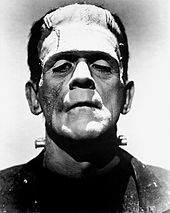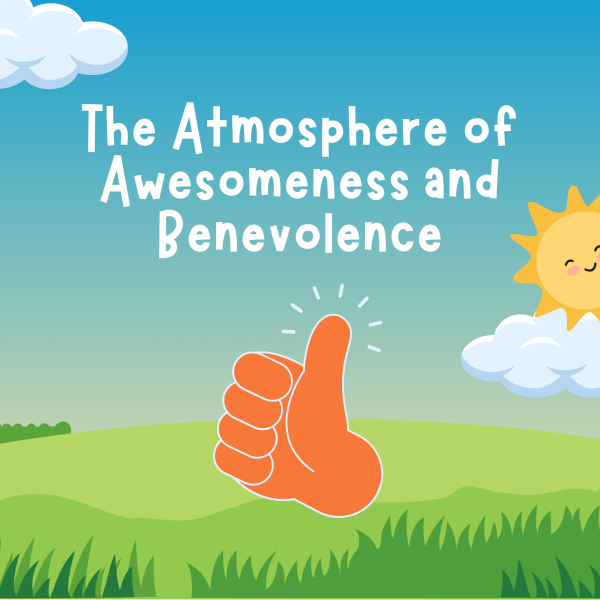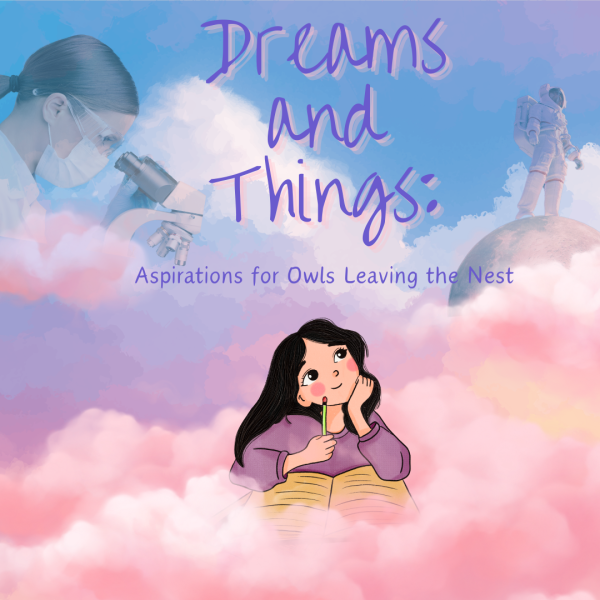WHAT WE CAN LEARN FROM THE CREATURES OF THE NIGHT
A Deeper Look into Classic Halloween Monsters

Victor Frankenstein’s monster
With Halloween just around the corner, everyone’s getting in the spirit of the holiday. Skeletons, pumpkins, spiders, and more are decorating houses all across the country. Some of the more popular costumes, including vampires, werewolves, and Frankenstein’s Monster are beginning to make their first appearances of the season. These are all spooky and fun on the surface, but what a lot of people don’t see is the long history and deeper meaning behind these monsters. These specific three have grown to represent a lot of common and uncommon relatable things for us humans. So, follow me if you dare, down the long twisting road of the night creatures.
Starting with possibly the most popular out of the three, vampires have existed in folklore and fiction for millennia. They have been around for so long that we don’t have a documented start to the legends. We just know that various versions of vampires have been used in nearly every culture. We didn’t start writing about vampires in a fictional sense, until after the vampire craze of the 1720s and 1730s. History books tend to focus more on witch trials, but some parts of the world were more concerned with vampires and did even wilder things because of it. But because of the mass hysteria of vampires, they finally became a popular thing to write about and by the 1800s, they were almost commonplace thanks to cheap serial magazines called penny dreadfuls. It was during this time that vampires evolved into something more than a scary monster that fed on the blood of humans.
There are two main types of vampires in fiction, the first being the ones that relish in being vampires. They are usually antagonists and are used to represent a great number of things. In cases like Bram Stoker’s Dracula, the vampire, Dracula, finds himself in a position of power and is symbolic of toxic government systems and political leaders that take from the region or country without giving back. And it isn’t just Dracula that has this angle.
The image of vampires being powerful dictators or leaders is one of the most common depictions in literature. Another version of the antagonistic vampire is one not in a position of power, but a state of figuratively and literally sucking the life out of things. This specific type of vampire can be representative of someone with selfish ambition, a bully, or simply put, a bit too clingy of a person. The second type of literary vampire is the sympathetic character, who loathes their curse of vampirism. These characters usually make protagonists or side characters. They have no choice in being a vampire and wish that they could be lifted off their condition. These are the more relatable type of character, as this has been used as an allegory for discrimination against a group of people. Even a quality such as having insecurities can be seen in this version of the monster.
Like vampires, werewolves are extremely prominent in folklore and mythologies from all over the world. One of the earliest depictions of a werewolf-like legend is in Greek Mythology, where King Lycaon is turned into a wolf by Zeus. As far as werewolf fiction goes, there isn’t a true definitive start; it seems that many people wrote and believed in werewolves for centuries. The early portrayals of werewolves were evil, cursed by some devil or malicious entity that made them terrorize villages and people. However, as time went on they became more developed and started to take on a different meaning entirely. Werewolves have a curse called lycanthropy that causes a human to transform into a wolf or a wolf-human monster every time that there is a full moon. A lot of media has made them unable to control the curse and hurt people who they love. This complexity can be seen in many other characters without the specific wolf transformation. The gothic horror story The Strange Case of Dr. Jekyll and Mr. Hyde has many werewolf parallels, without being explicitly about a werewolf. It can even be seen in modern characters like the Incredible Hulk.
For the final monster, I have possibly the most unique and tragic of all three. Frankenstein’s monster, or just the Monster, is unlike the others in more ways than one. For starters, he is an individual, while vampires and werewolves are groups of inhuman beings. In his fiction, he is the only one that has experienced exactly what he has. So, for those unfamiliar with the original story, I shall recap. Victor Frankenstein was a young college student, who had plans to create life from his experiments. So one night, after all of the contents were prepared, he put his experiment into action, successfully creating a new life from a human corpse. But once the Monster came to life, Victor found himself so terrified of his creation that he abandoned it completely. Victor returned home, leaving the Monster to fend for himself in a cold unforgiving world.
Many adaptations of Mary Shelley’s novel Frankenstein have not given the Monster justice. The character written by Shelley is the most moving of all monsters. On the scale of social status, he is defined as an extreme foreigner. With his uncanny appearance and his lack of knowledge about the world he lives in, he is forced to figure himself out in a world that, in turn, does not understand him, and this is what makes him such a compelling character. While it may seem unlikely, some people may find that they can relate to him. As far as what he represents, there are many possibilities of what Shelley’s original intention was. He is the product of hubris and a man who may just be more of a monster than the creation. He does share certain traits with people that have learning disabilities or that are on the autistic spectrum, which can be seen through his various interactions with people throughout the story. So in short, the Monster is representative of everyone who has ever walked in the shoes of an outsider, more so than werewolves or vampires, touching ever so many lives with his journey.
A constant theme in all these gothic monsters is being an outsider. None of these creatures belong in the world that they live in, which is the thing that makes them monsters. Students can often feel like outsiders or that they don’t belong. Especially with the current pandemic in mind, it seems that an even larger amount of people feel that way. Perhaps those outsiders may find solace in these characters and the stories that portray them. With Halloween approaching soon, these monsters will be celebrated and all the people who can identify with them can live freely. So, to all the fellow outsiders, pick up a tale about one of these timeless monsters and celebrate the spookiest time of year with all the creatures of the night; believe it or not, they’re not as scary as they seem.

Hello! My name is Bruce Bowen and I am a sophomore at iUniversity Prep. I love writing and am super excited to be a part of iHoot this year. This is my...






